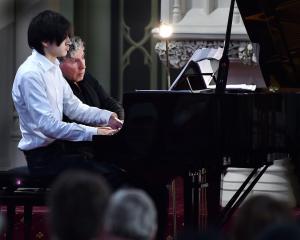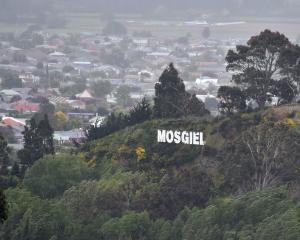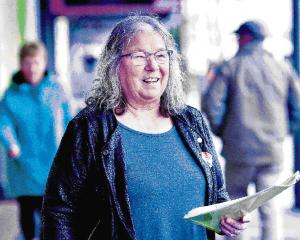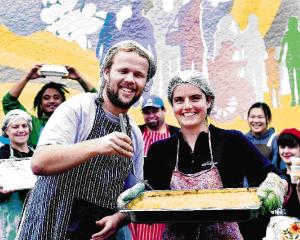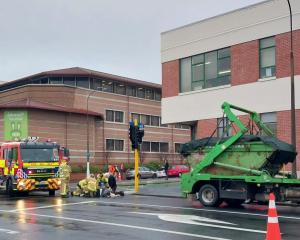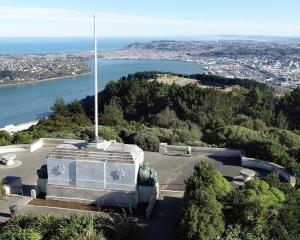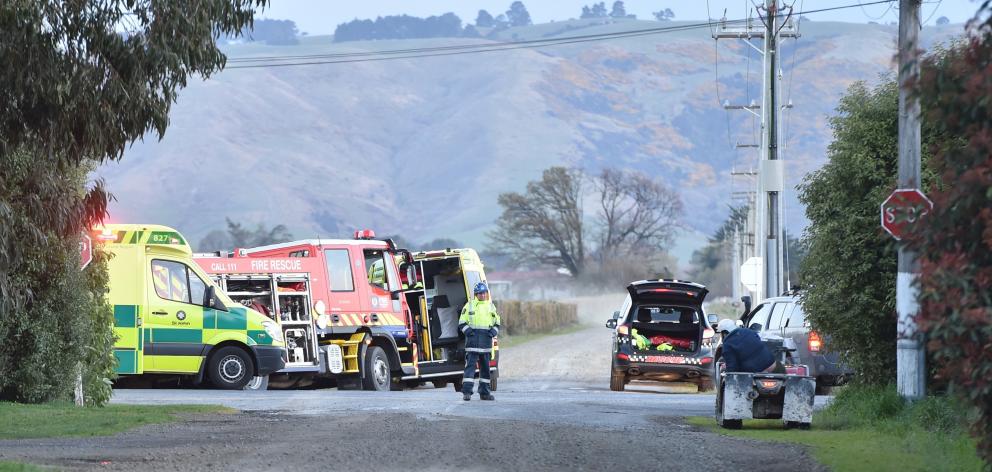
On September 17, 2019, a teenager driving his new ute in Church Rd West passed through the intersection with Huntly Rd directly into the path of a Holden.
His passenger, Jayde Cummings (15), and the driver of the other vehicle, 57-year-old Steve Macnee, died at the scene.
An inquiry before coroner Marcus Elliott began in the Dunedin District Court yesterday and will focus on signs, road markings and vegetation — the responsibility of the Dunedin City Council — and how they may have contributed to the crash.
In the 17 months before the collision, the overgrown vegetation at the intersection was the subject of two complaints to the council, both of which were investigated and dismissed.
The court also heard Church Rd West and East were audited by council contractors in 2019 and the only issue recorded was a pothole.
However, forensic engineer Dr Tim Stevenson, who visited the crash site in June 2020, identified a variety of shortcomings.
The two stop signs beside the intersection were too small according to guidelines, too far from Huntly Rd and at least partly hidden by roadside foliage at the time of the collision, he said.
The painted road markings were also "less than ideal’’, being worn and partly obscured by debris and dust.
Police serious crash expert Constable Jack McGilbert was also critical.
He attended the scene shortly after the incident and noted the "large uncut hedges at the corner of the intersection’’, restricting the view of traffic from Church Rd West.
"I was quite surprised this was an open road, 100kmh,’’ Const McGilbert told the inquiry.
When asked what measures he would employ to improve safety at the site, he suggested more signage or yellow road markings.
"Just making the intersection look like an intersection,’’ Const McGilbert said.
A Huntly Rd resident had contacted the council to voice her concerns about the site just three months before the fatal smash.
The former council staffer who assessed her complaint and chose not to act on it told the court yesterday he did not check the visibility of stop signs on the approach to the intersection because he was not looking at it from "a specific road safety aspect’’.
With the experience he had since gathered elsewhere he would now be more cognisant of the wider picture, he said.
"I would’ve done much more,’’ he said.
Council infrastructure services general manager Simon Drew told the inquest the council had since changed the way it managed the maintenance of roadside vegetation.
He stressed there was an openness to making any further improvements recommended by the coroner to prevent a similar tragedy occurring.
At the hearing’s outset, Jayde’s father Mark, who has been vocal about the council’s perceived shortcomings, said in a statement the loss of his daughter had "left a huge hole in our lives’’.
He described her as "fearless’’, and recalled how she took to riding motorbikes at 4 and horses at 7.
Mr Elliott warned much of the evidence heard this week would be technical in nature.
"I want to assure you all ... that Jayde and Steve will remain at the forefront of our minds the whole time,’’ he said.
"Their losses are what bring us here together and their memory helps us to do this difficult work together.’’
— Court reporter

